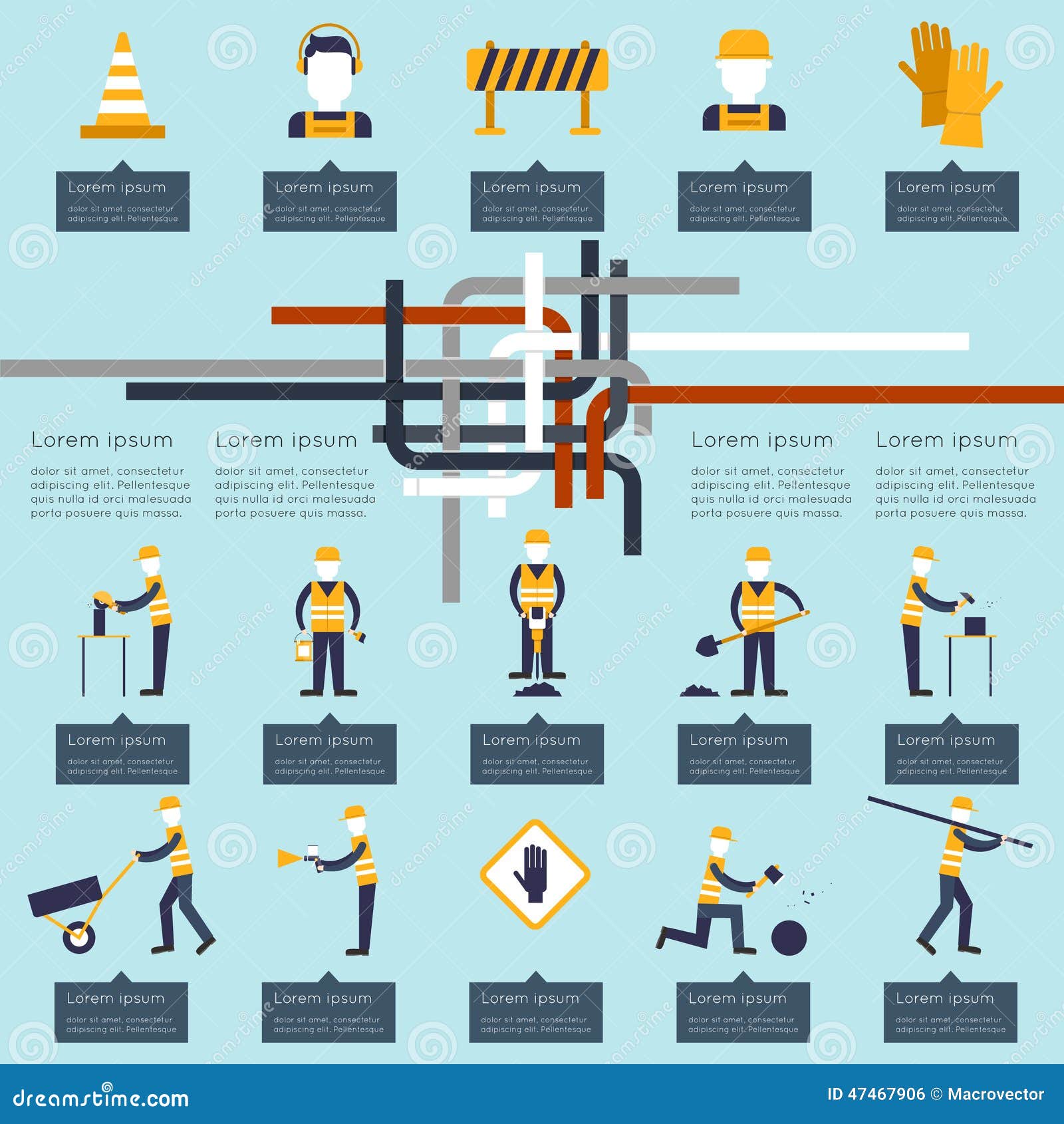Elements To Think About For Commercial Exterior Painting By Season: Important Info You Should Have
Elements To Think About For Commercial Exterior Painting By Season: Important Info You Should Have
Blog Article
Web Content Composed By-Fox Chaney
When you're intending a business exterior painting task, seasonal elements can make or damage your results. You'll wish to take into consideration just how temperature level and moisture influence paint application and drying times. Selecting the right season can ensure your paint adheres effectively and lasts longer. Yet which seasons are genuinely the best for this sort of job? Let's discover the key elements that can affect your task's success.
The Impact of Temperature Level on Paint Application
When you're preparing a business external painting project, the temperature can considerably affect just how well the paint sticks and dries out.
Ideally, you want to repaint when temperature levels range in between 50 ° F and 85 ° F. If it's also cool, the paint may not heal correctly, leading to issues like peeling or splitting.
On the other hand, if it's as well warm, the paint can dry as well promptly, stopping proper attachment and leading to an uneven finish.
You should also consider the moment of day; morning or late afternoon offers cooler temperature levels, which can be a lot more positive.
Always inspect the producer's referrals for the specific paint you're utilizing, as they frequently give support on the suitable temperature range for optimum outcomes.
Moisture and Its Impact on Drying Times
Temperature isn't the only ecological aspect that affects your business external painting project; humidity plays a substantial duty as well. High moisture levels can slow down drying out times drastically, influencing the general top quality of your paint work.
When the air is saturated with dampness, the paint takes longer to treat, which can lead to issues like bad bond and a higher risk of mold growth. If you're painting on a particularly humid day, be gotten ready for extended wait times between layers.
It's important to keep an eye on neighborhood climate condition and strategy accordingly. Preferably, aim for moisture levels between 40% and 70% for optimum drying.
Maintaining these factors in mind ensures your task remains on track and provides a long-term finish.
Best Seasons for Commercial Outside Painting Projects
What's the best time of year for your business exterior painting jobs?
Spring and early fall are commonly your best bets. During these seasons, temperature levels are light, and humidity levels are frequently lower, creating suitable problems for paint application and drying out.
Avoid summer's intense heat, which can cause paint to dry too quickly, causing bad bond and coating. Likewise, winter months's cool temperature levels can impede proper drying out and treating, taking the chance of the longevity of your paint work.
Go for days with temperatures between 50 ° F and 85 ° F for ideal outcomes. Remember to inspect the regional weather prediction for rain, as wet problems can spoil your project.
Preparation around these elements guarantees your painting job runs efficiently and lasts much longer.
Final thought
Finally, preparing your industrial outside painting tasks around seasonal factors to consider can make a considerable difference in the result. By scheduling job during the optimal temperatures and moisture degrees, you'll guarantee much better adhesion and drying out times. Remember to watch on price to paint walls and choose the right time of year-- spring and early loss are your best options. Taking these steps will certainly aid you achieve a long lasting and specialist finish that lasts.
